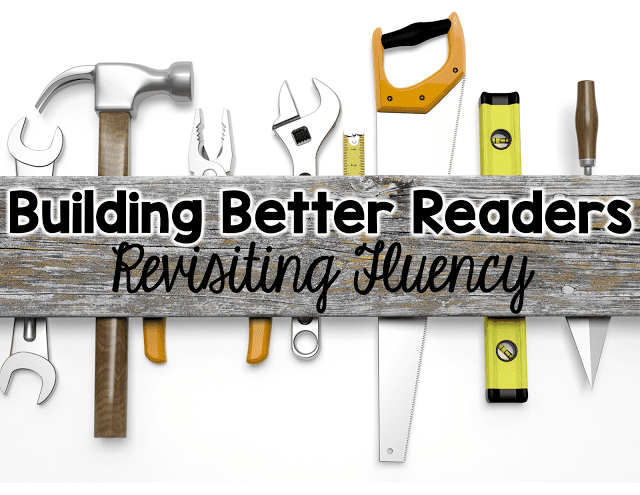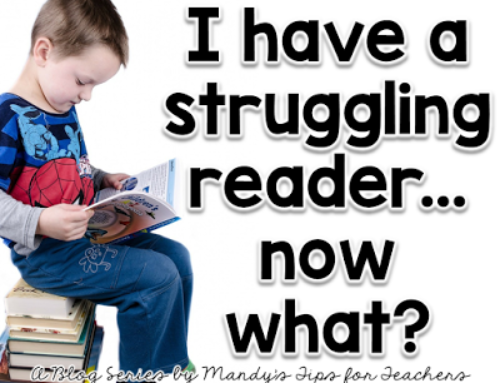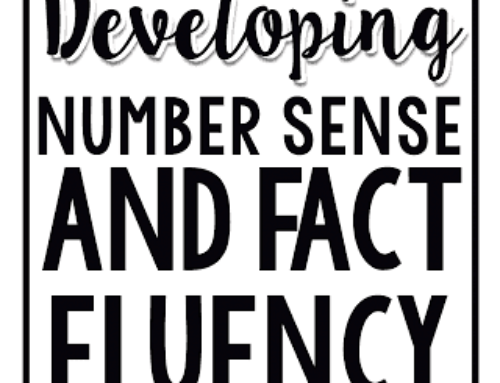I recently ran across an article from Education Week (May 2015) about fluency. I really thought it was fascinating. When I was working on my Master’s in 2007, I did some formative research in my classroom regarding fluency. I was shocked to read that some experts believe, that even almost 10 years later, fluency is still neglected in many classrooms. Say what?
What is Fluency?
So, let’s get to the nitty gritty. What is fluency? How does it help kids? How can you apply in your classroom with the most amount of ease?
Speed
Most experts agree that fluency is the how quickly, accurately, and with expression (prosody) a person can read orally. However, some experts argue that teaching “speed as a goal is bad practice” and we should focus on teaching kids to read at a “conversional” rate.
I actually agree. We have all had those kids who read like that ol’ Micro mini commerical, right?
Some people would call that fluency. I call that, “Hand my the Tylenol because now I have a headache.”
Accuracy
This is your ability to decode and recall words when reading. Students with good accuracy rates usually will have strong word attack skills and a large knowledge of sight words.
The article I read stated, “Having mastered the letter sounds, decoding rules, and a good base of sight words, many pupils begin to feel the flow of good reading, and eventually, the process becomes second nature.”
Prosody
Prosody is defined as,” The reader must parse the text into syntactically and semantically appropriate units. If readers read quickly and accurately but with no expression in their voices, if they place equal emphasis on every word and have no sense of phrasing, and if they ignore most punctuation, blowing through periods and other markers that indicate pauses, then it is unlikely that they will fully understand the text.”
In layman’s terms, this is where expression comes into play. Students need to pay attention punctuation, emphasis of words, and pitch.
Who’s the Man?
In my book, Timothy Rasinski is a fluency guru. He has done a bunch of research AND written books on fluency. If you are looking for a go-to-guy, he is your man.
Why Am I Focusing on This Again?
Basically, when a reader has mastered all the decoding and can “sound it all out,” their brains can focus on the DEEPER MEANING of the text. What is author trying to say? What does he or she mean? How does the character feel? It is much easier for kids to figure this out if they aren’t already worn out from the actual physical task of reading. And isn’t deeper thinkers exactly what we want?
It’s like me at the gym. I am worn out from stretching, forget the actual work out :D!!!!
Monday we will dive in a bit deeper!
I hope this post gave you some food for thought! If you would like more ideas from me, be sure to follow me on Teachers Pay Teachers, Pinterest, and Facebook to catch all the freebies and ideas and more!
Mandy Gregory is a 2007 and 2012 Teacher of the Year. She has taught Kindergarten- 4th grades in both the general education and inclusion settings. She is currently a 1st grade Special Education teacher. She is the owner and creator of Mandy’s Tips for Teachers website (www.mandystipsforteachers.com) and has over 13 years of teaching experience. She is married with two beautiful children.








